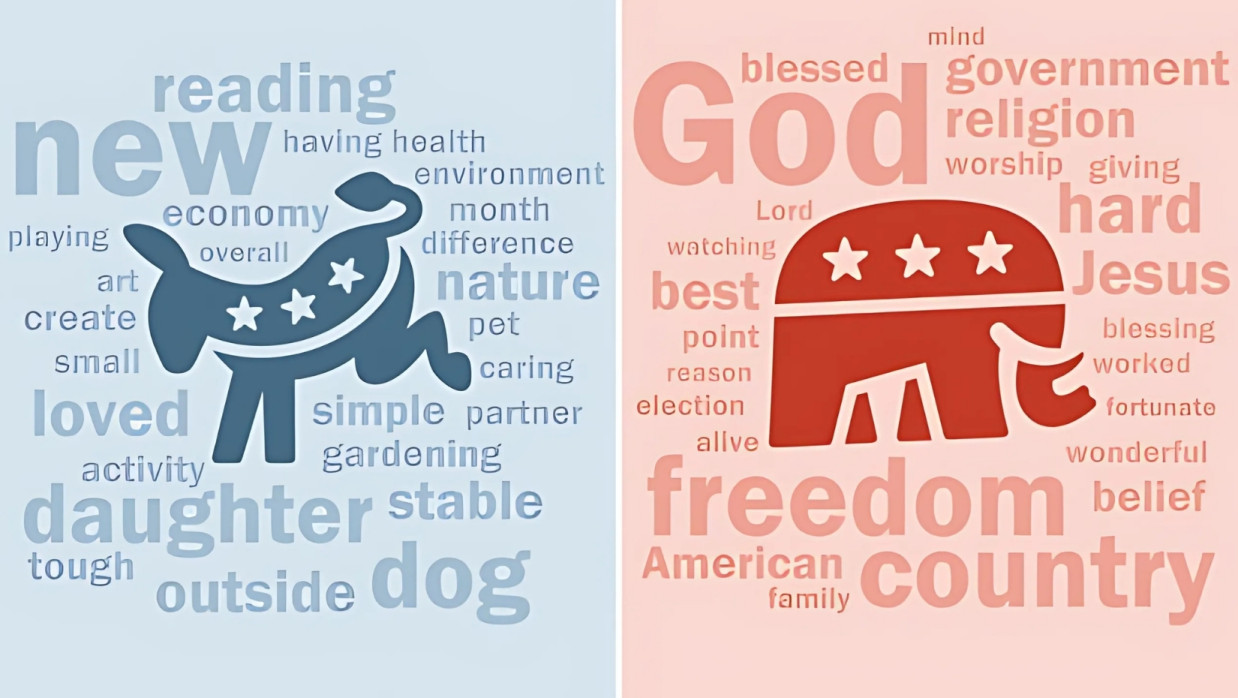Is the U.S. Economy Always Better Under One Party?

Many assume one political party—Democrats or Republicans—consistently delivers a stronger economy. Campaign ads often cherry-pick data to claim superiority. But does one party truly outperform the other?
Economic data paints a nuanced picture. A 2020 study by economists Alan Blinder and Mark Watson analyzed GDP growth from 1947 to 2013, finding slightly higher growth under Democratic presidents (4.4% annualized) compared to Republicans (2.5%). However, they noted this stems more from timing—Democrats often inherit recovering economies—than policy magic. Republican administrations, like Reagan’s in the 1980s, saw strong growth after recessions, while Clinton’s Democrats benefited from a tech boom.
Other metrics, like unemployment or stock market performance, show no clear partisan edge. For instance, the S&P 500 grew 10.8% annually under Clinton but also 7.9% under Trump pre-COVID, per Bloomberg data. Recessions hit under both parties: 2008 under Bush, 2020 under Trump. Policy impacts, like tax cuts or stimulus, often take years to manifest, and global factors like trade or pandemics muddy the picture.
The assumption that one party guarantees prosperity ignores context—economic cycles, global events, and congressional gridlock all play roles. Voters should focus on specific policies, not party labels. The reality? No party owns the economy, and claiming otherwise oversimplifies a complex system.












